Palmetto Bluff Real Estate Company Sales Office
Office Hours
Monday-Friday 9am - 5pm
Saturday 9am - 4pm
Sunday 12 - 4pm
Saturday 9am - 4pm
Sunday 12 - 4pm
It was once as synonymous with Lowcountry culture as Spanish moss and a cornerstone in the history of Palmetto Bluff. And yet, the building material known as tabby seemingly disappeared rapidly from our landscape and our memory.
The mix of lime, water, sand, oyster shells, and ash went from a signature design feature of Lowcountry settlers in the 1700s and 1800s to an architectural mystery. Thanks to the efforts of archeological sleuths, we are only now beginning to realize the crucial role this material played in the evolution of Beaufort County communities.
“It is amazing how a material can go from plentiful just 250 years ago to eluding even the area’s greatest historical scholars as recent as 40 years ago,” said architect Colin Brooker, one of the “detectives” responsible for literally unearthing the origin story behind tabby—its ingenious anatomy and engineering as well as its inevitable limitations.
Brooker has become one of the world’s leading experts on tabby design and history over the past three decades, but this career specialty began out of necessity.
He and his wife, fellow architect Jane, took on the rescue and restoration of Beaufort’s storied Elizabeth Barnwell Gough House in 1976 that Brooker and his team soon found to be full of tabby.
“We discovered this building material that I knew very little about and I quickly realized very few others knew about tabby,” Brooker said. “If we were going to properly restore the magnificence of this house, I was going to need to know all I could uncover. That’s what set me down this maddening path of discovery I have been on for the past three-plus decades. And what I have found is that the creation of tabby is brilliant, really. It’s as simple as making the most of what those early settlers had available to them and turning it into a stunning design element.”
Brooker and others discovered that tabby was a recipe concocted out of convenience and abundance around the pre-Civil War Lowcountry in the early 1700s. All the materials were found in Beaufort and the coastal region. The lime was made by burning down oyster shells readily available thanks to acres upon acres of middens, piles of shells from Native American kitchen waste.
But who had the genius idea of combining these materials? Variations of the rammed-earth construction technique date back to Roman times, and tabby structures have been traced as far back as the tenth century and later to Spanish military installations in the late 1500s and to the Gullah culture of West Africa that migrated to the South Carolina coast.
Historians speculate that the science and specificity of Lowcountry tabby was discovered when the British stormed St. Augustine and stole it from the Spanish at the turn of the 18th century.
Tabby quickly became a go-to material and technique for area builders, as settlers discovered the mix to be more durable than wood, which deteriorated much quicker in the humid climate. Soon, tabby went from a fresh concept to a cultural mainstay and sociological status symbol of Charleston, Beaufort, and Bluffton homes of the 1700s. Researchers including Palmetto Bluff archeologist Dr. Mary Socci have documented the rise and heyday of tabby at the Bluff, including William McKimmey’s Octagon House, one of the newborn United States’ first architectural marvels built in 1796.


Whereas stone and brick were rare and expensive and the work of highly trained masons, making tabby was an arduous but simple enterprise. Enslaved people quickly picked up the process of mixing tabby and building tabby structures. Gathering materials took time, and while the recipe was difficult to perfect, the mixture was made quickly and in mass. Builders found it easy to work with and found multiple uses in the construction process—molds were created for bricks, walls, columns, arches, floors, and even roofs.
“The early molds were two feet tall, so if you wanted height, that became labor intensive,” Brooker said. “And the floors became rough and wore quickly, so they needed replacing every 10 years. We’ve seen eight, nine layers of flooring in some ruins. To replace it, they just poured on top of the old layer.”
The hallmarks that made tabby so advantageous also led to its near extinction. Newly freed people dispersed around the Southeast after the Civil War, and as the once-abundant oyster shell middens were depleted, a newly manufactured material, Portland cement, became the go-to construction material by the 1870s.
That material was later added to the tabby recipe, creating a stronger, more moisture-resistant mixture that led to a tabby construction revival from the late 1800s through 1930. But unlike the earlier styles named after legends such as Oglethorpe and Spalding, the later-period homes so prevalent along Georgia’s Golden Isles, Sea Islands, and the Lowcountry coast were often lacking in long-term durability, as Brooker and others have discovered.
“We found they were using a premade lime mix, often shipped in, and many of the ruins we’ve discovered used ocean shells. The builders did not wash the salt away from these shells, and that made the tabby a far less durable disaster waiting to happen,” said Brooker, whose latest tabby archeological endeavors are being detailed in his book, The Shell Builders, from the University of South Carolina Press.
After 1930, tabby went from a cultural staple to a relic.
“It wasn’t any one thing that made tabby construction go away,” Brooker said. “It was just very labor intensive to do right and there was an exact science behind the recipe, and so newer technologies and mass-production methods became the norm. It has been stunning to see how little was historically documented about tabby, but that has made the hunt for knowledge and documenting that pursuit all the more of a preoccupation for folks like myself.”
Today, Beaufort County is home to the most discovered tabby ruins in the world. Here at Palmetto Bluff, the forefather work of those such as McKimmey is honored throughout, especially in the homes of Moreland Village—where builders were able to replicate the original tabby effect for foundation walls and accent features such as fireplaces, porches, and bowling alley cladding.


As for detectives such as Socci and Brooker, the mystery continues to be pieced together, one discovery at a time. Brooker said his phone is ringing constantly with new discoveries, both statewide in coastal communities in Georgia, Florida, Alabama, and Texas to farther-flung locales such as the Bahamas and Morocco.
“It is a beautiful and mysterious material,” Brooker said. “In my profession, it is told that architects don’t retire, they just die. The work is never done, the fascination and that thirst for discovery never subsides, and truth be told, I’m no different when it comes to tabby.”
The Enduring Story of Tabby originally appeared in the Fall/Winter 2020 edition of the bluff.
%GALLERY%

Warm, fragrant, and deeply comforting, Chef Beth’s Southern Sausage & Sage Stuffing is a holiday classic that brings together rich pork sausage, fresh herbs, and toasted bread for the ultimate savory side dish. Studded with green apples and aromatic vegeta...
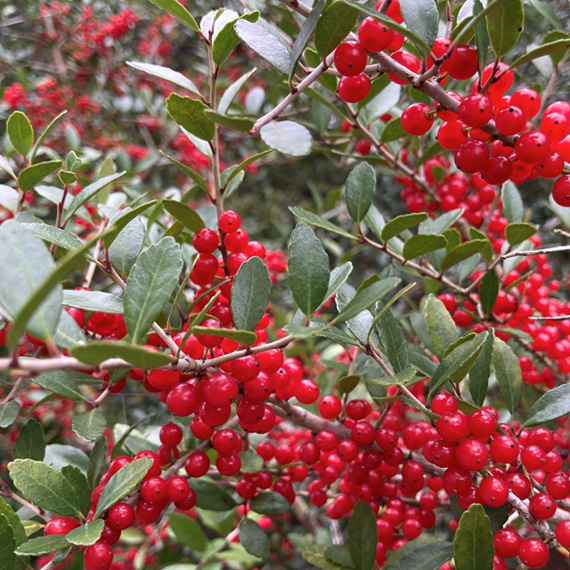
As December settles over Palmetto Bluff, it brings softer light, cooler mornings, and the natural beauty of native evergreens and winter berries that define the Lowcountry landscape. Palmetto Bluff Conservancy’s Education and Outreach Manager, Aaron Palmier...

In 2025, Palmetto Bluff welcomed new neighbors and old friends, groundbreakings, and long-awaited openings. From inspired Club gatherings and elevated programming to the creation of our latest golf course, the year was defined by connection and excitement for ...
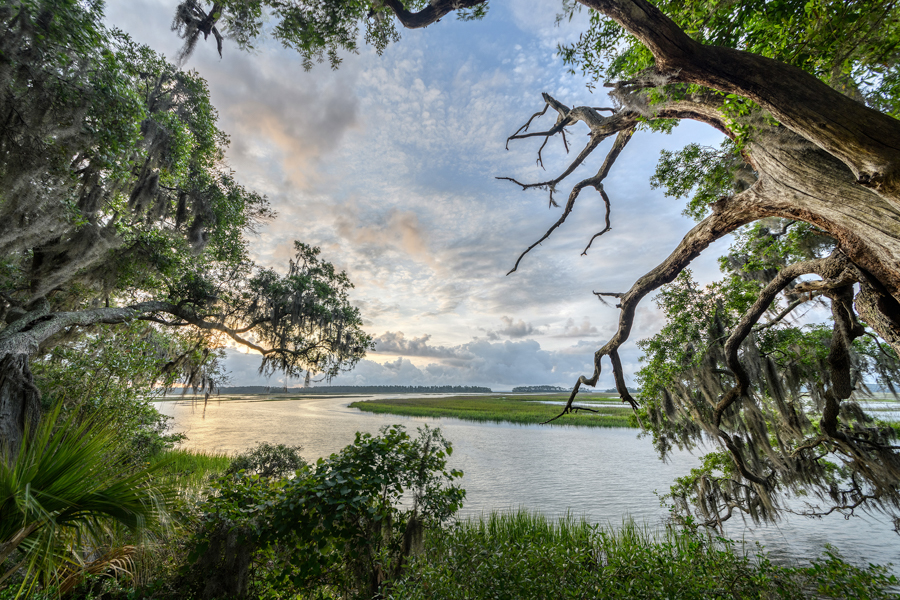
There is something serene about waking up to shimmering water, the stillness of the woods, or the sweep of marsh and sky right outside your window. Even without stepping outside, science shows that simply seeing nature from home can meaningfully improve mental...
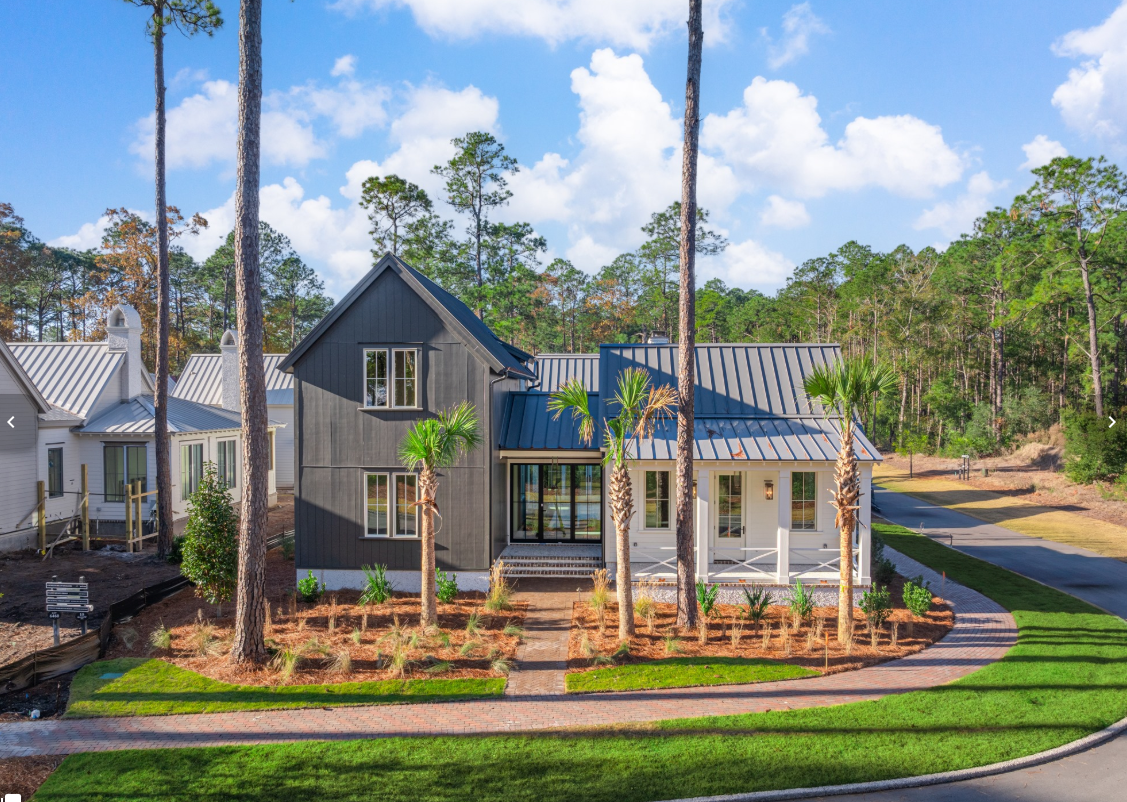
The Ultimate Choice: Building vs Buying a Home in Palmetto Bluff For those searching for Palmetto Bluff homes for sale, this common question often arises: Should you choose an existing residence, or embrace the opportunity to build your own? While a complet...
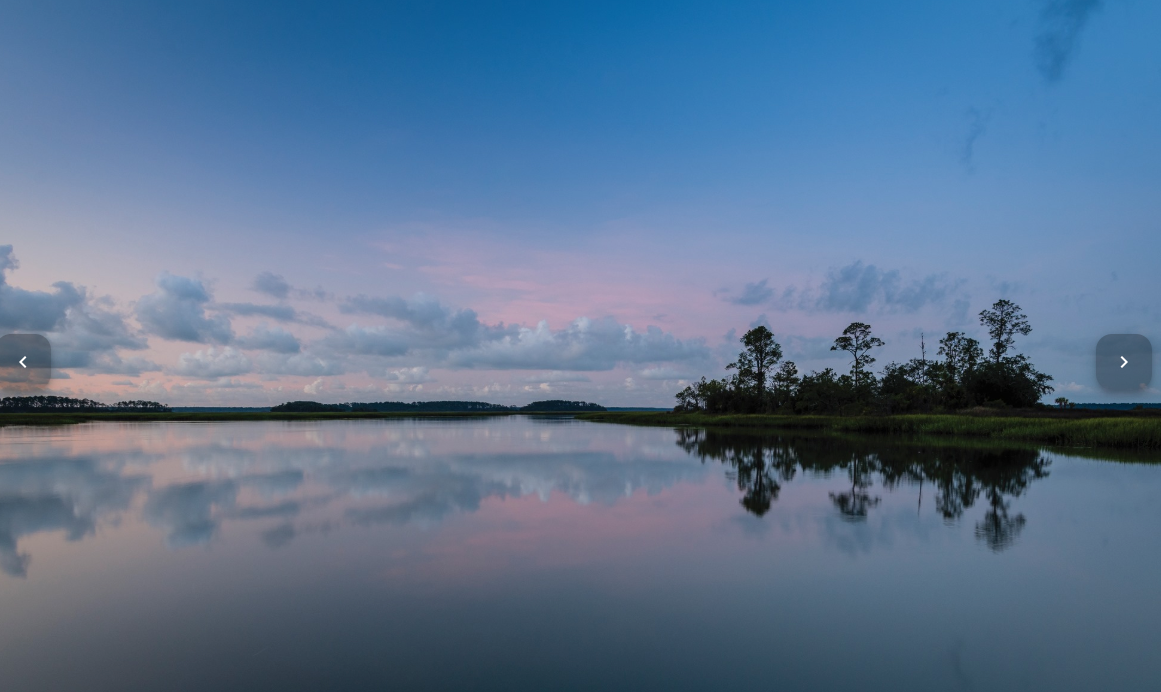
A Complete Guide to South Carolina Winter at Palmetto Bluff South Carolina's winter is unlike any other on the East Coast. While many travelers search for “South Carolina winter” expecting cooler temperatures and limited outdoor options, the Lowcountry revea...
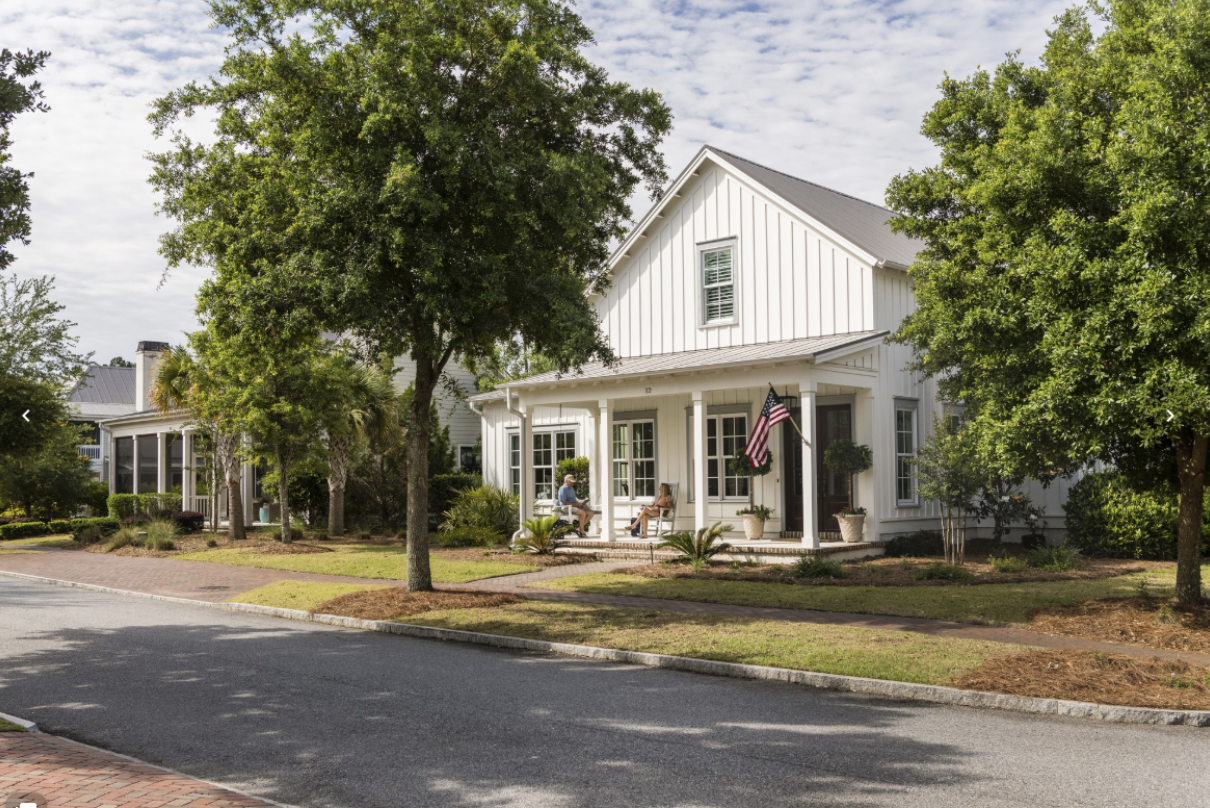
River Road: Where Lowcountry Beauty Meets Elevated Everyday Living Tucked gracefully between Wilson Village and Moreland Village, River Road is one of Palmetto Bluff’s most immersive communities. It's where the pace of life seems to soften, classic Southern ...
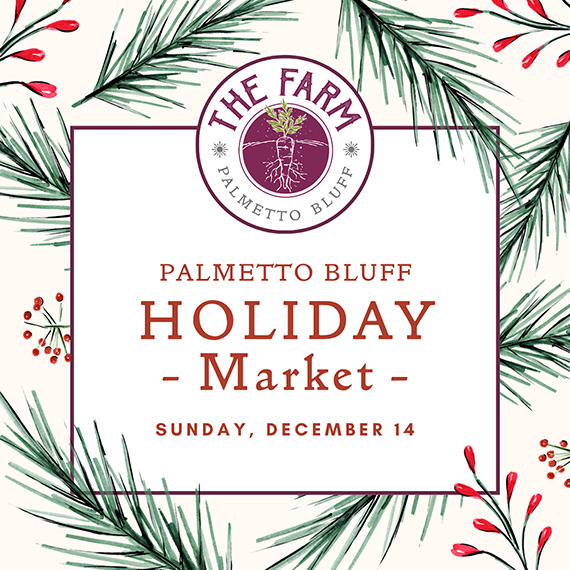
Sunday, December 14 | 9am to 1pmVillage GreenThe season’s most festive farmers market, the Holiday Farmers Market, comes to Wilson Village on Sunday, December 14, from 9am to 1pm. All are welcome to visit and experience the magic of holidays at the Bluff. The ...
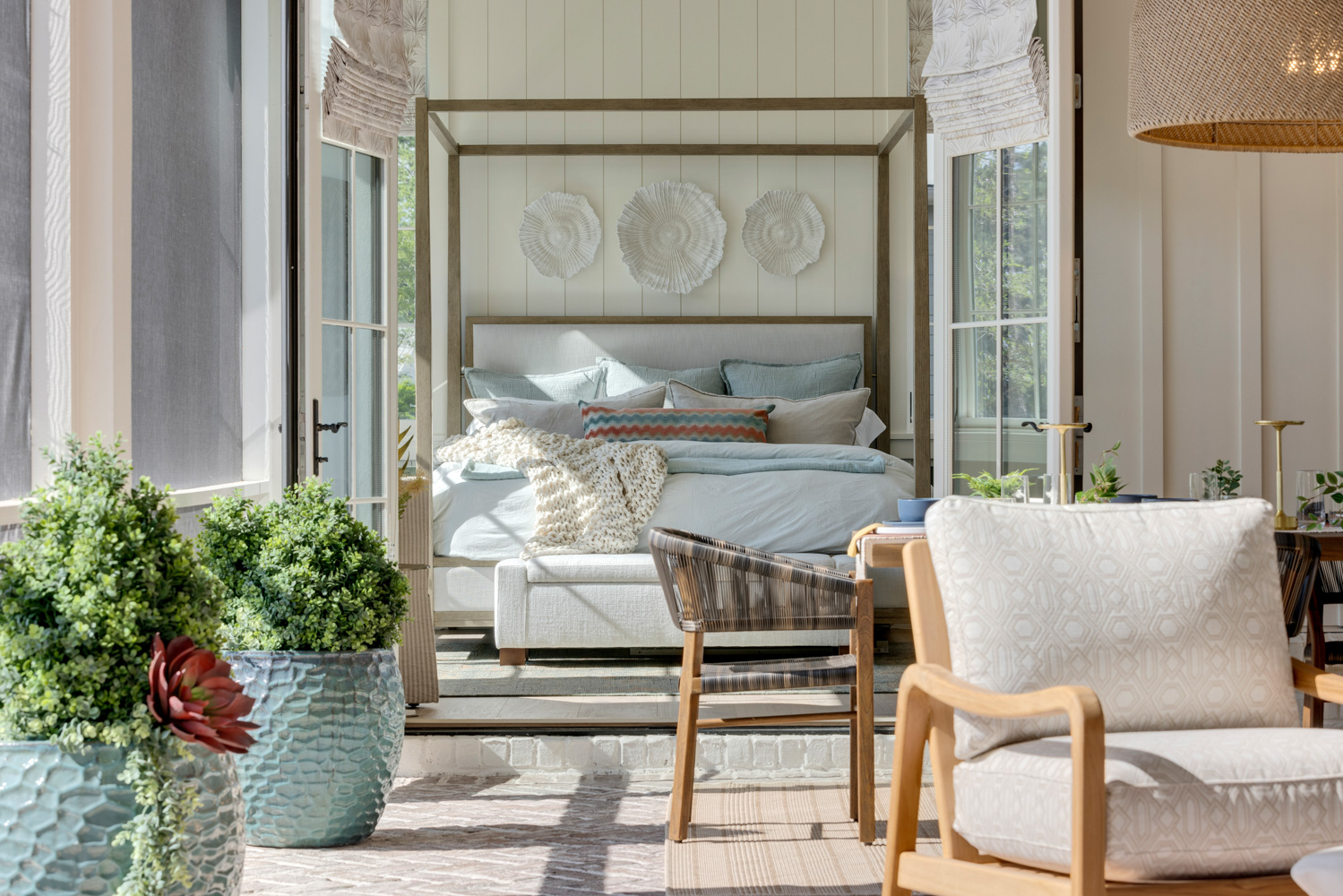
Tucked amid whispering pines and overlooking a tranquil water trail, 11 Lyonia Street is where Lowcountry charm meets modern artistry. The newly built residence redefines Southern living with a balance of craftsmanship and calm. This is a home that feels both ...
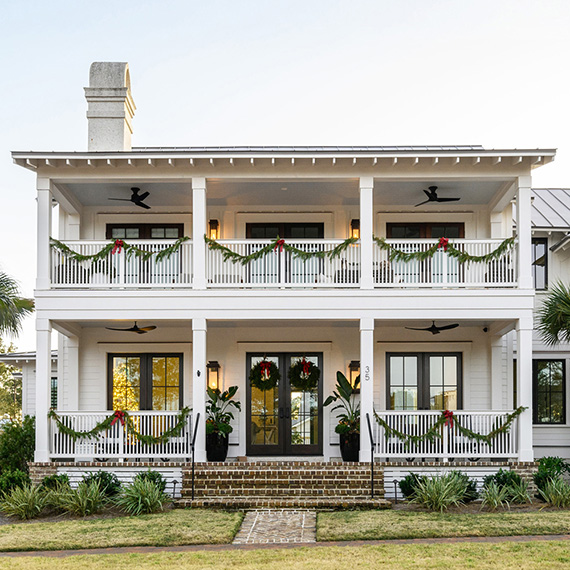
The holiday season in the Lowcountry brings crisp air, oaks draped in twinkling lights, and laughter drifting from homes where families and friends gather once again. At Palmetto Bluff, the holidays are more than just a season; they’re a feeling of togethernes...
Learn about the Palmetto Bluff Conservancy and how we keep the vision of our land in place.
On land or water, there is an ever-evolving variety of activities.
We do not attempt to independently verify the currency, completeness, accuracy or authenticity of the data contained herein. All area measurements and calculations are approximate and should be independently verified. Data may be subject to transcription and transmission errors. Accordingly, the data is provided on an “as is” “as available” basis only and may not reflect all real estate activity in the market”. © [2023] REsides, Inc. All rights reserved. Certain information contained herein is derived from information, which is the licensed property of, and copyrighted by, REsides, Inc.